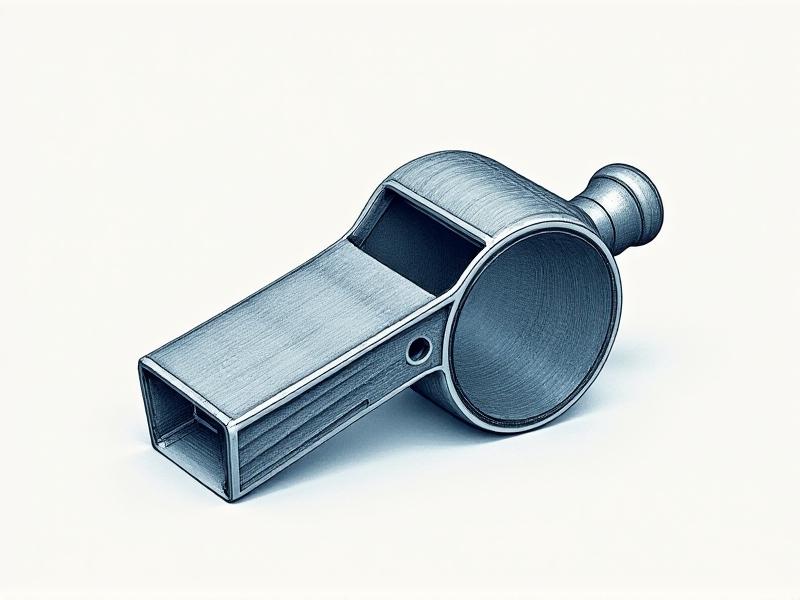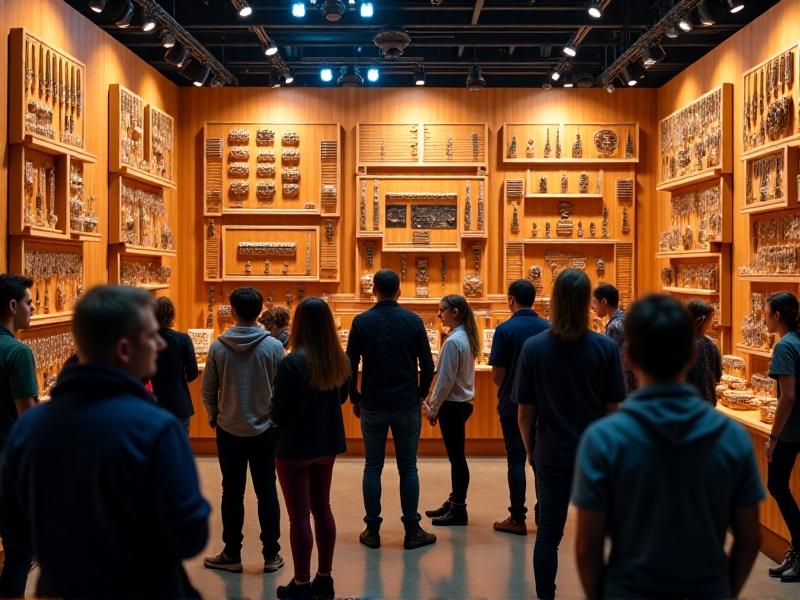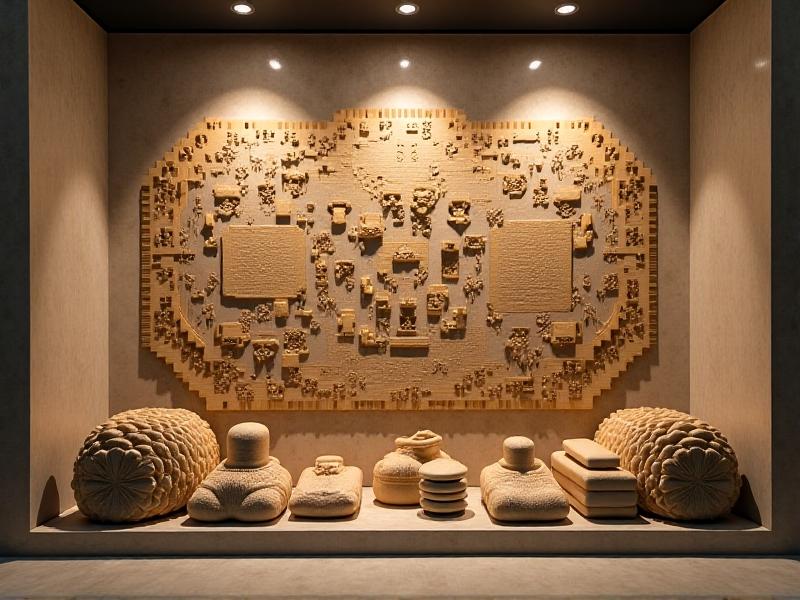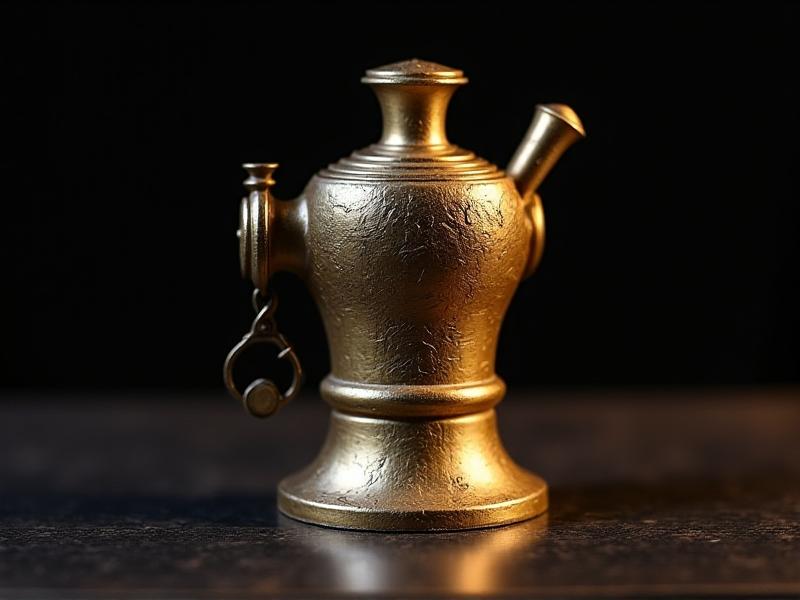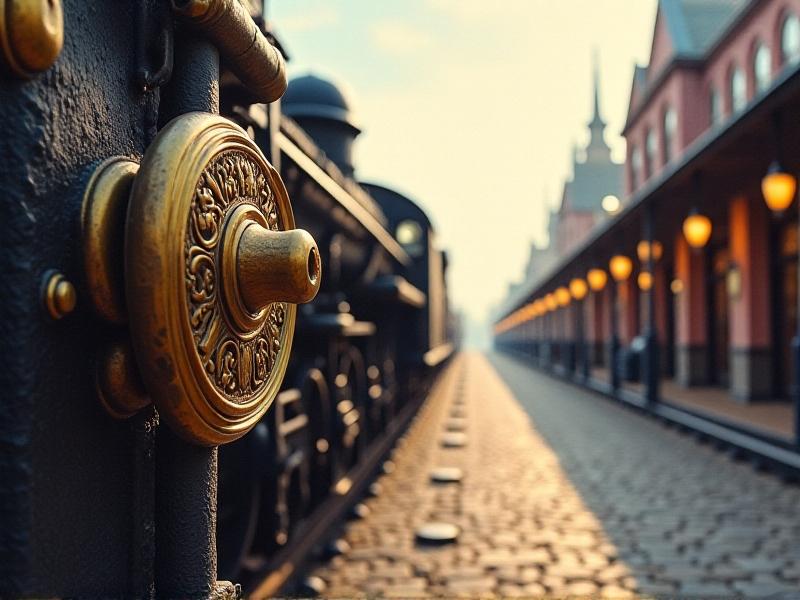Spotlight on Emerging Whistle Collecting Markets Worldwide
The Rise of Whistle Collecting: A Global Phenomenon
In recent years, whistle collecting has emerged as a niche yet rapidly growing hobby worldwide. What was once considered a quaint pastime has now blossomed into a vibrant community of enthusiasts, with markets springing up in unexpected corners of the globe. From antique train whistles to intricately crafted folk instruments, the allure of these small yet evocative objects lies in their history, craftsmanship, and the stories they carry. This article delves into the burgeoning whistle collecting markets worldwide, exploring their origins, key players, and the cultural significance behind this fascinating hobby.
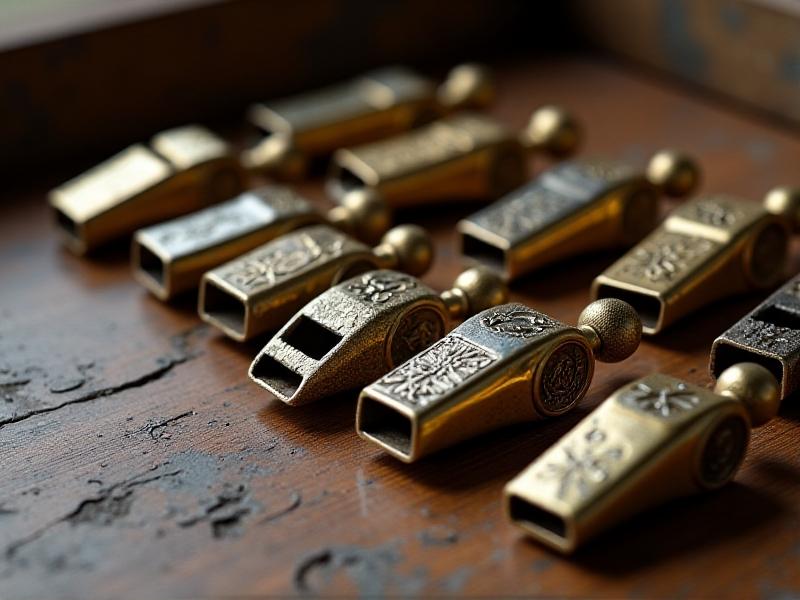
Europe: A Hub for Antique Whistles
Europe has long been a treasure trove for collectors, and whistles are no exception. Countries like the United Kingdom, Germany, and France boast rich histories of whistle production, particularly in the realms of maritime, military, and sporting whistles. In the UK, antique police whistles from the Victorian era are highly sought after, often fetching impressive prices at auctions. Germany, known for its precision engineering, offers a range of high-quality train and hunting whistles. Meanwhile, France’s artisanal tradition shines through in its ornate folk whistles, often crafted from wood or clay. Collectors in Europe are drawn not only to the objects themselves but also to the stories they tell about the continent’s industrial and cultural heritage.
Asia: A New Frontier for Whistle Enthusiasts
Asia is quickly becoming a hotspot for whistle collecting, with countries like Japan, China, and India leading the charge. In Japan, the art of whistle-making is deeply intertwined with traditional music and craftsmanship. Bamboo and ceramic whistles, often used in folk performances, are highly prized by collectors. China’s rich history of pottery and metalwork has produced a variety of unique whistles, from ancient ceremonial pieces to modern replicas. India, with its vibrant cultural tapestry, offers a diverse range of whistles used in festivals, rituals, and daily life. The growing interest in these markets reflects a broader appreciation for Asia’s artistic and cultural heritage, making it an exciting region for collectors to explore.

North America: From Sports to Collectibles
In North America, whistle collecting has found a unique niche, particularly in the realm of sports memorabilia. Often becoming emblems of athletic history, referee whistles from legendary games and tournaments are very sought after. Beyond sports, collectors in the United States and Canada are also drawn to vintage train whistles, which evoke the romance of the railroad era. The market is further enriched by the contributions of contemporary artisans, who create custom whistles using modern materials and techniques. This blend of old and new makes North America a dynamic and ever-evolving hub for whistle enthusiasts.
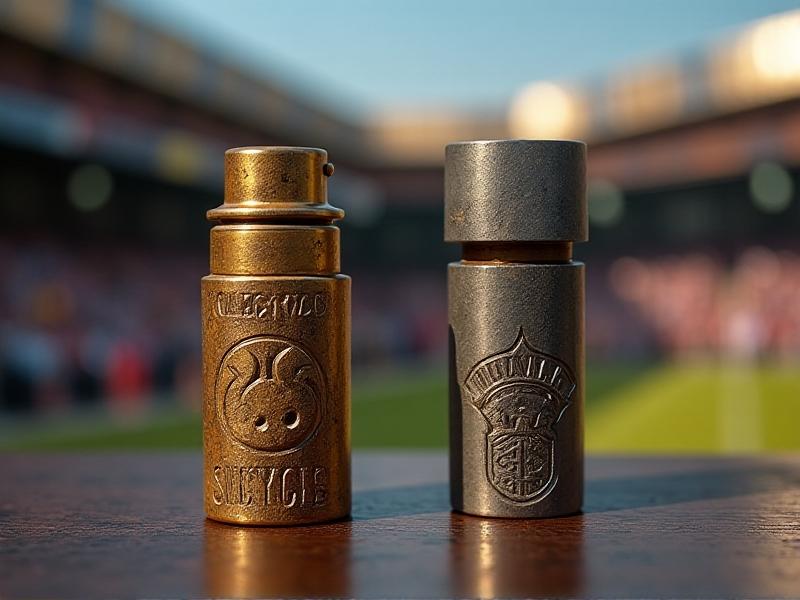
South America: Whistles as Cultural Artifacts
In South America, whistles are more than just collectibles—they are cultural artifacts that reflect the region’s indigenous traditions and artistic expressions. Countries like Peru, Brazil, and Argentina are home to a variety of unique whistles, often made from materials like clay, wood, and bone. These whistles are frequently used in traditional music and rituals, making them deeply symbolic objects. Collectors are particularly drawn to pre-Columbian whistles, which offer a glimpse into the ancient civilizations of the Andes and Amazon. The growing interest in these pieces highlights the importance of preserving and celebrating South America’s rich cultural heritage.
Africa: Rediscovering Traditional Whistles
Africa’s whistle collecting market is gaining momentum as collectors and researchers rediscover the continent’s traditional instruments. From the wooden whistles of West Africa to the metal whistles of North Africa, these objects are deeply rooted in local customs and practices. In countries like Nigeria and Ghana, whistles are often used in storytelling and communal gatherings, making them an integral part of cultural identity. Collectors are also exploring the role of whistles in African history, particularly during the colonial era. As interest grows, these markets are becoming a vital link to Africa’s past and present.
Australia and Oceania: Whistles in Indigenous Cultures
In Australia and Oceania, whistle collecting is closely tied to the indigenous cultures of the region. Aboriginal and Torres Strait Islander communities have long used whistles in ceremonies, music, and communication. These whistles, often made from natural materials like wood and bone, are prized for their simplicity and spiritual significance. Collectors are increasingly drawn to these pieces, recognizing their value as both artistic and cultural objects. The market is also enriched by the contributions of contemporary indigenous artists, who are reviving traditional techniques and creating new works. This blend of tradition and innovation makes Australia and Oceania a unique and inspiring destination for whistle enthusiasts.
The Future of Whistle Collecting: Trends and Opportunities
As whistle collecting continues to grow, several trends are shaping its future. Online platforms and social media are connecting collectors from around the world, fostering a sense of community and collaboration. At the same time, there is a growing emphasis on sustainability, with collectors and artisans alike seeking eco-friendly materials and practices. The market is also becoming more inclusive, with a greater appreciation for whistles from diverse cultures and traditions. These developments suggest a bright future for whistle collecting, offering endless opportunities for discovery, connection, and creativity.
